A Basel landmark: The Basilisk fountain - Basel Switzerland: Water Monsters and Cheeky Kings
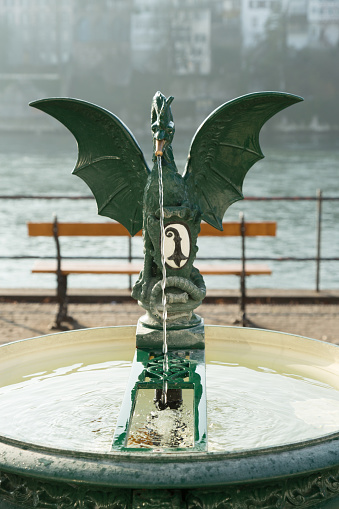
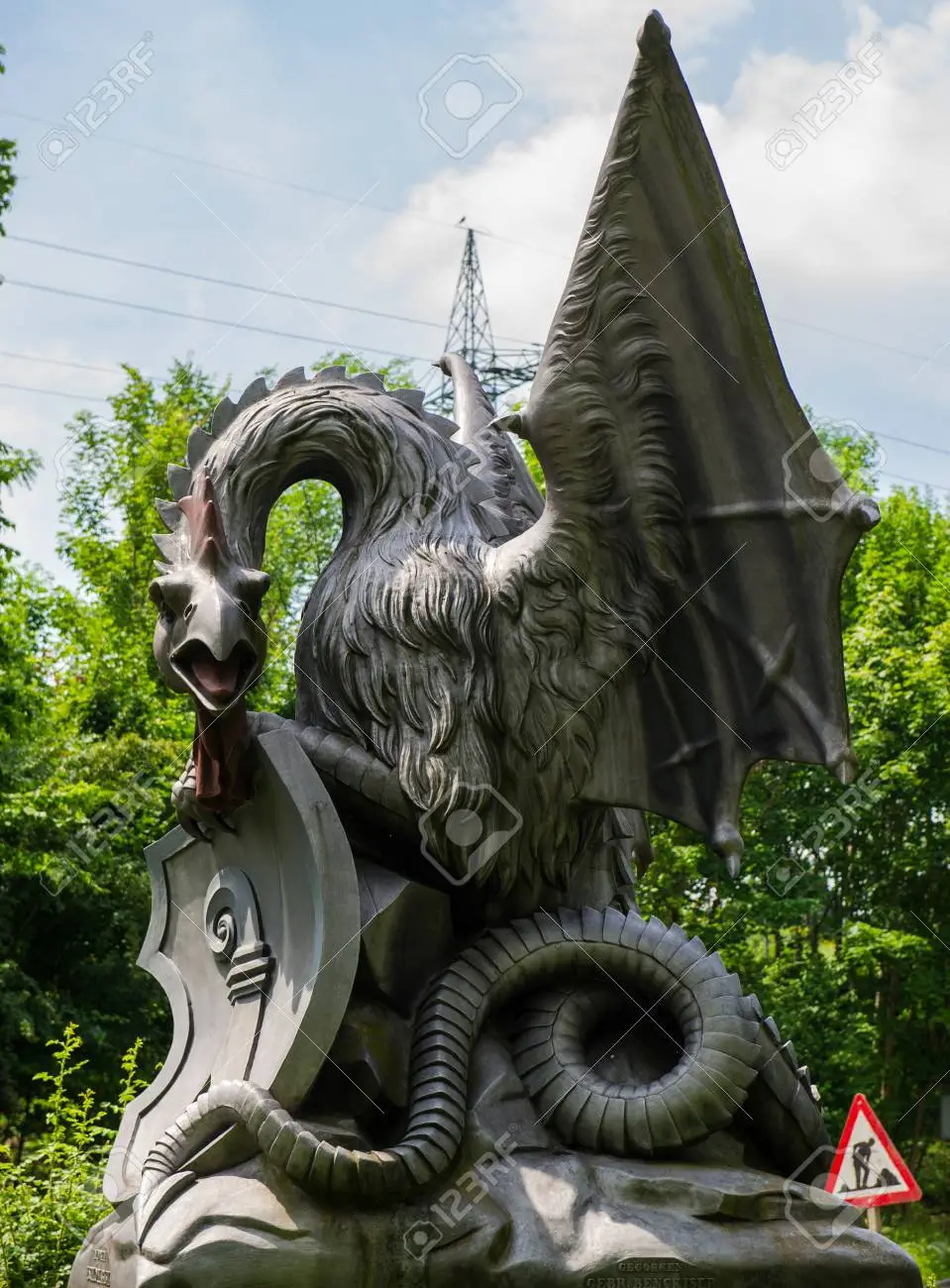
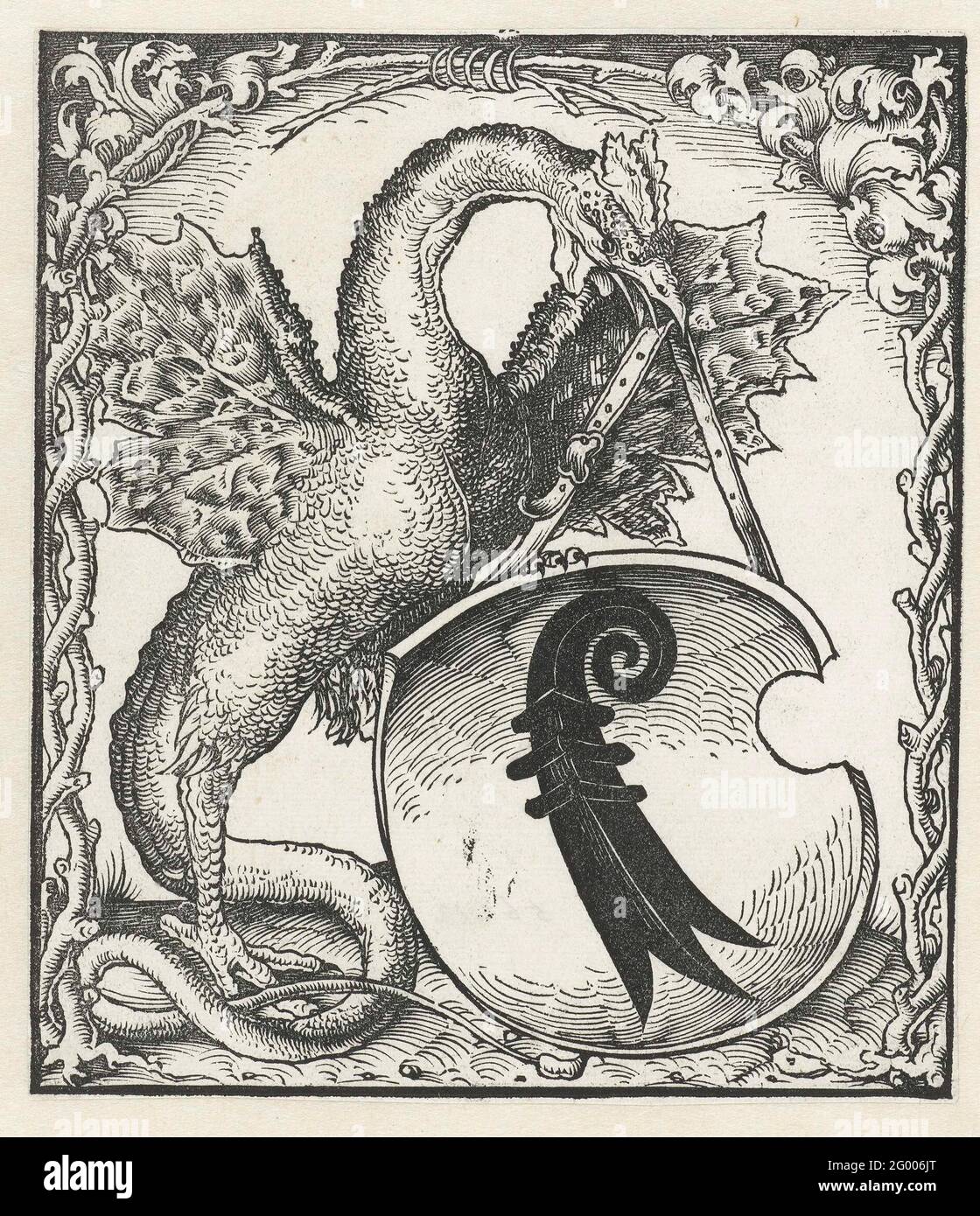
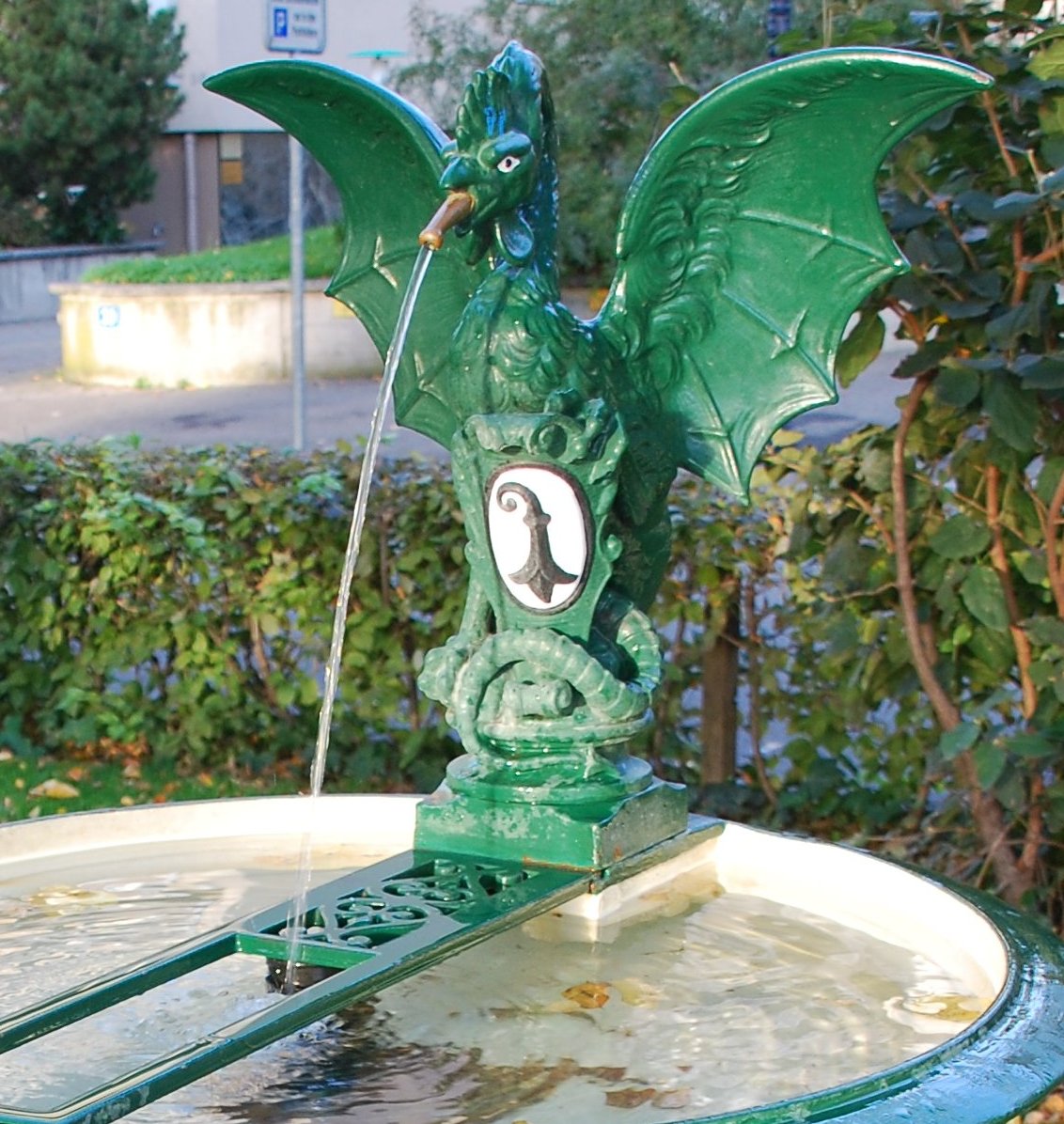
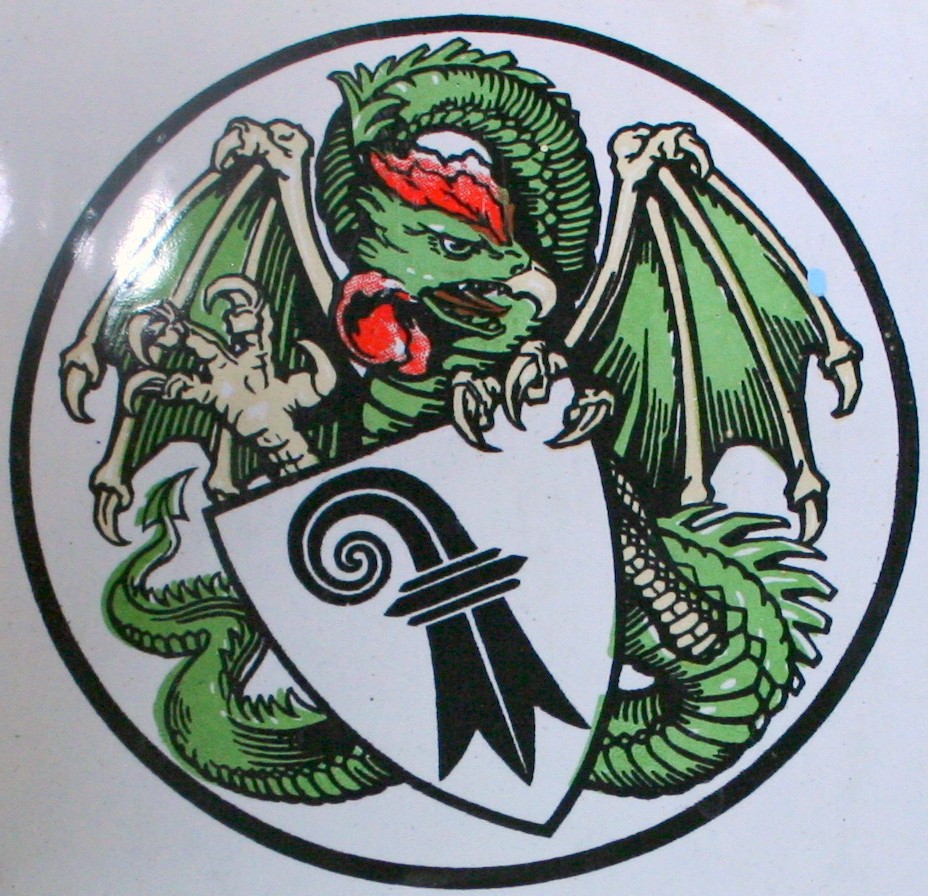
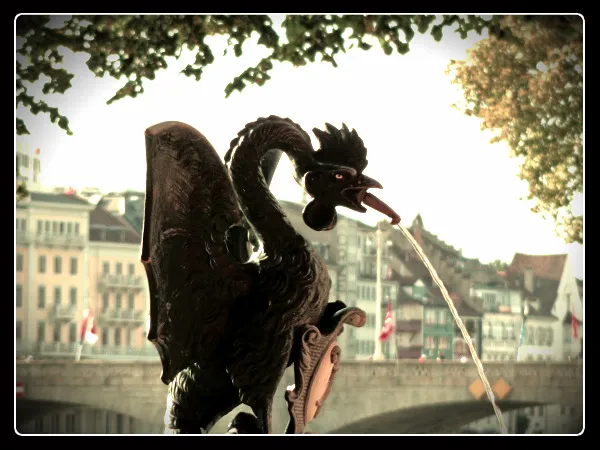
The Basilisk fountain owes its origin to a competition held in 1884. Designed by the architect and artist William Bubeck (1850-1890), it was cast in 50 pieces. The water flows from the mouth of the Basilisk in the round pool. It refreshes men, women and dogs alike: A water bowl for dogs is attached to the foot of the basin. In Basel, there are still 28 Basilisk fountains on public property, and some others on private land.
An unlikely couple: Basilea and the Basilisk
The name of the City of Basel comes from the Greek "basileus" (king, ruler) – meaning also "the royal". Its linguistic affiliation with the name of the dragon is obvious. This truly terrifying mythical creature was very popular in the Middle Ages and increasingly appeared in Basel bearing its coat of arms. The first stone "basilisk fountain" to be built is in Augustinergasse, where an elaborate Basilisk dating back to 1530 bears the Basel coat of arms.
The Basilisk - legendary and statesmanlike
The "king of serpents" was often depicted in the Middle Ages as a hybrid creature with the upper body of a rooster wearing a crown on his head, and the lower part of a snake. He turns up in several regions of Europe. The Basilisk first appeared as a crest bearer of the City of Basel in a manuscript in 1448. How the Basilisk came to play this honourable role is surrounded by a haze of legends. It is said that, during the Council to Basel (1431-1449) a traveling merchant presented a stuffed Basilisk. Another legend says that a Basilisk had lived in a cave since ancient times, on which the Gerber fountain was later erected. The inscription on the fountain is commemorative of the Gerber hilltop.